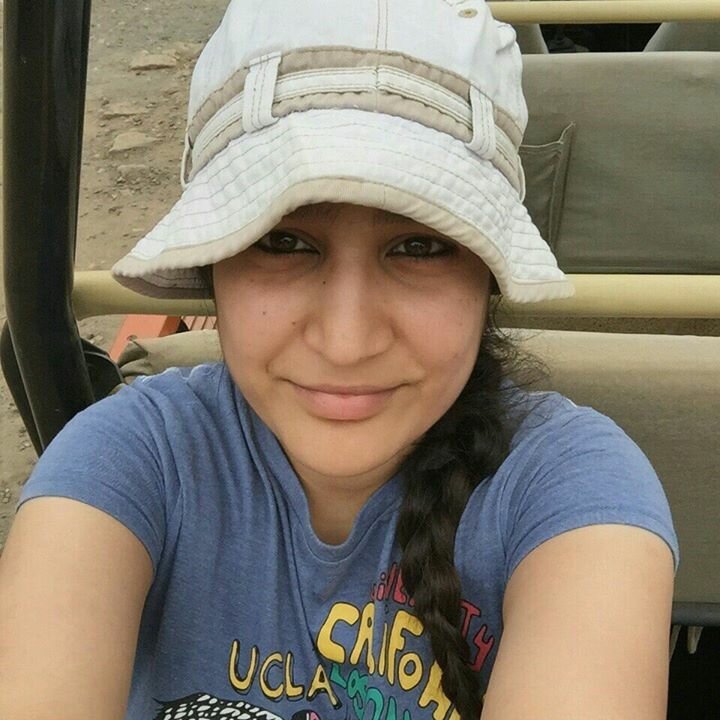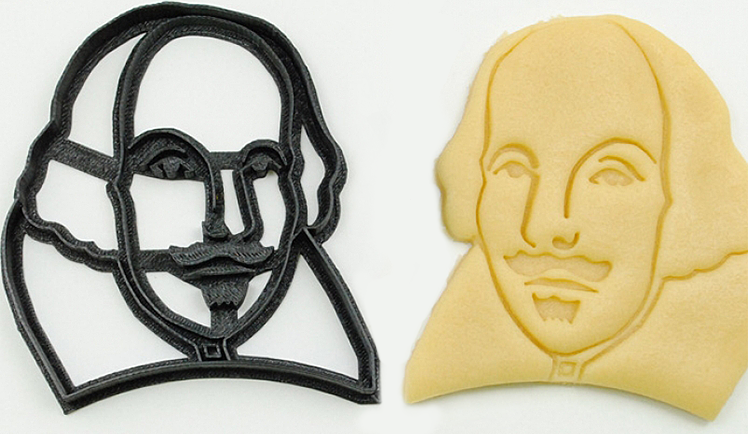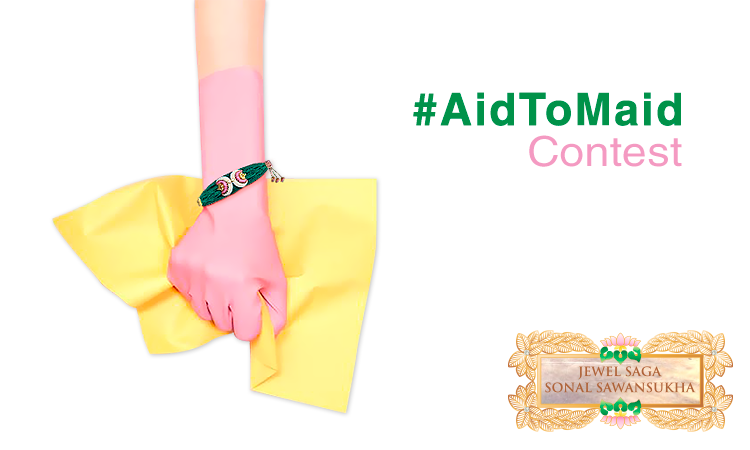Cheshta Choudhary Tells JWB How Using Menstrual Cups Has Made Her Life Better
- JWB Post
- June 13, 2016
Remember we told you the story of a girl who manufactures Menstrual Cups? Yashika Khater from Chennai, along with her mother and grandmother, has created India’s first foldable menstrual cup. You can re-check her story here.
Soon after we published her story, we received a message from one of our readers, Cheshta Choudhary from Jodhpur, who is an avid user of Menstrual Cups. So, here’s her story. Read it and see if her experience inspires you to use one!
JWB: For how long have you been using the menstrual cups?
Cheshta: I distinctly remember the date when I got my first period. My mother had completed her ten years in government service, and it was 10th of December 2002. I had always been an active kid in sports, but when this happened, I could see everything going down the drain. My fear came true when I started suffering from itching, rashes, and irritation on using cotton pads and cloth pads. Thankfully, after few years, Google appeared in my life like a Messiah where I could read about Menstrual Cups. Since I was young, I was amazed at the idea of having them in various colors. I found them kinda cute!
Later, I bumped into a Facebook page called the ‘Sustainable Menstruation India’ where many women had shared their experiences of using cups. All this convincing took me a little long, but I am glad, I now celebrate my menstruation with Menstrual Cups!
JWB: Where do you buy them from?
Cheshta: Cups are available in different sizes. Various companies based in India, China, and Germany, are manufacturing them so that they can be purchased online easily. I, for one, buy from ‘Hygiene and You’. I buy ‘Me Luna’ menstrual cup, and it costs me a mere 1200 bucks. It is made using Kraiburg GmbH from Germany. The TPE used in ‘Me Luna’ cups is BfR, FDA, 2002/72/EC and ISO 10993-10 certified. Cups are available in two material – Medical grade silicon & TPE (thermoplastic elastomeric). You can choose any.
JWB: How pocket-friendly are they?
Cheshta: One cup can be used for about 8-10 years. The price varies from Rs. 600-2000. Isn’t this the best deal ever, ladies?
JWB: Why do you think menstrual cups are a better option than tampons?
Cheshta: Aren’t you tired of applying talcum powder on your inner thighs while using sanitary pads? Sanitary pads and tampons contain potentially toxic materials like pesticides and petrochemicals. Since skin absorbs these harmful elements, a risk of cervical cancer and other heart diseases increases. Menstrual cups are made of TPE, which is specifically manufactured for the medical device industries and is closely monitored.
JWB: Many women fear using cups because they think it can get stuck inside.
Cheshta: I know, most of us get afraid listening to such stories. In case you think it is stuck inside (which NEVER happens), try to pee. Push it in the same way we push the infant out during the delivery. Once you find the stem of the cup, slowly drag it out. It’s not painful at all.
JWB: Were the cups useful during the massive flows after your deliveries?
Cheshta: Yes. I am usually a heavy bleeder during the first two days. In such cases, the cup needs to be emptied every 3 hours. Rest of the days, a time gap of 5-6 hours is absolutely fine. And, convenient.
JWB: Have you ever had a leakage?
Cheshta: I had leakage on my first night of using the cup. That happened because I didn’t make sure it was fully open from the top. I took my quality time to learn the technique of opening and inserting. I am slow, but I am sure, you will learn quickly! You can use different folds like c-fold, punch down fold ( my favorite), s-fold, etc. for easy insertion.
JWB: Cups are usable. How do you make sure they are hygienic every time you use them? Describe your wash program.
Cheshta: During a heavy flow, I empty it every 3 hrs. Don’t worry, girlfriends, your hands won’t be dipped in the RED. The cups are made in a way they don’t leak when you clean them. All you need to do is wash the cup with normal tap water, and re-insert it. When the periods get over, sterilize the cup for a good 10 minutes (just like baby bottle and nipples are boiled). Silicon-made cups can be kept in sunlight for sterilization while TPE-made cups must not be kept in the sunlight. Please note, don’t use any perfumed soaps as they contain sulfates which may degrade its quality. During days with a comparatively low flow, you can empty the cup every 8 hour.
JWB: Do you workout while wearing one?
Cheshta: Oh, yes! Women can do yoga and go swimming, running, jogging, hiking, biking! I don’t stop my workouts during periods and often go jogging.
JWB: Pads smell. What about the cups?
Cheshta: Not at all!
JWB: Describe the right way to insert the M-cup.
Cheshta: A squat position, according to me, is the easiest. To check, once it is inside, try to pull it out lightly by rotating. You will see that due to the suction created inside, it will stay there and won’t move. If not, then try inserting it again else there is a fear of leakage.
JWB: The cups are required to be inserted inside. What do you think about the Indian virgin girl using it, considering our societal norms?
Cheshta: I am a mother of two daughters, and I won’t hesitate to offer them the cups. With growing literacy, I believe we will soon overcome these taboos. In no time, it will be more about hygiene and doing good to the environment, rather than our virginity. Well, I hope so.
JWB: Have you ever recommended these cups to anyone? What are their views?
Cheshta: I recommend it to EVERY woman I come across. Three of my friends use it, and they absolutely love it. For me, it’s been almost a year, and there wasn’t a single moment of regret. Every woman leaves behind about 150 kg of pads disposal during her menses. Each pad takes 8-10 years to degrade. Can you imagine the amount of harm we are doing to our Mother Nature?
JWB: One last question, is performing Sex possible while wearing the cup?
Cheshta: Let this newspaper clip give you the answer. (ahem!)
- 0
- 0















